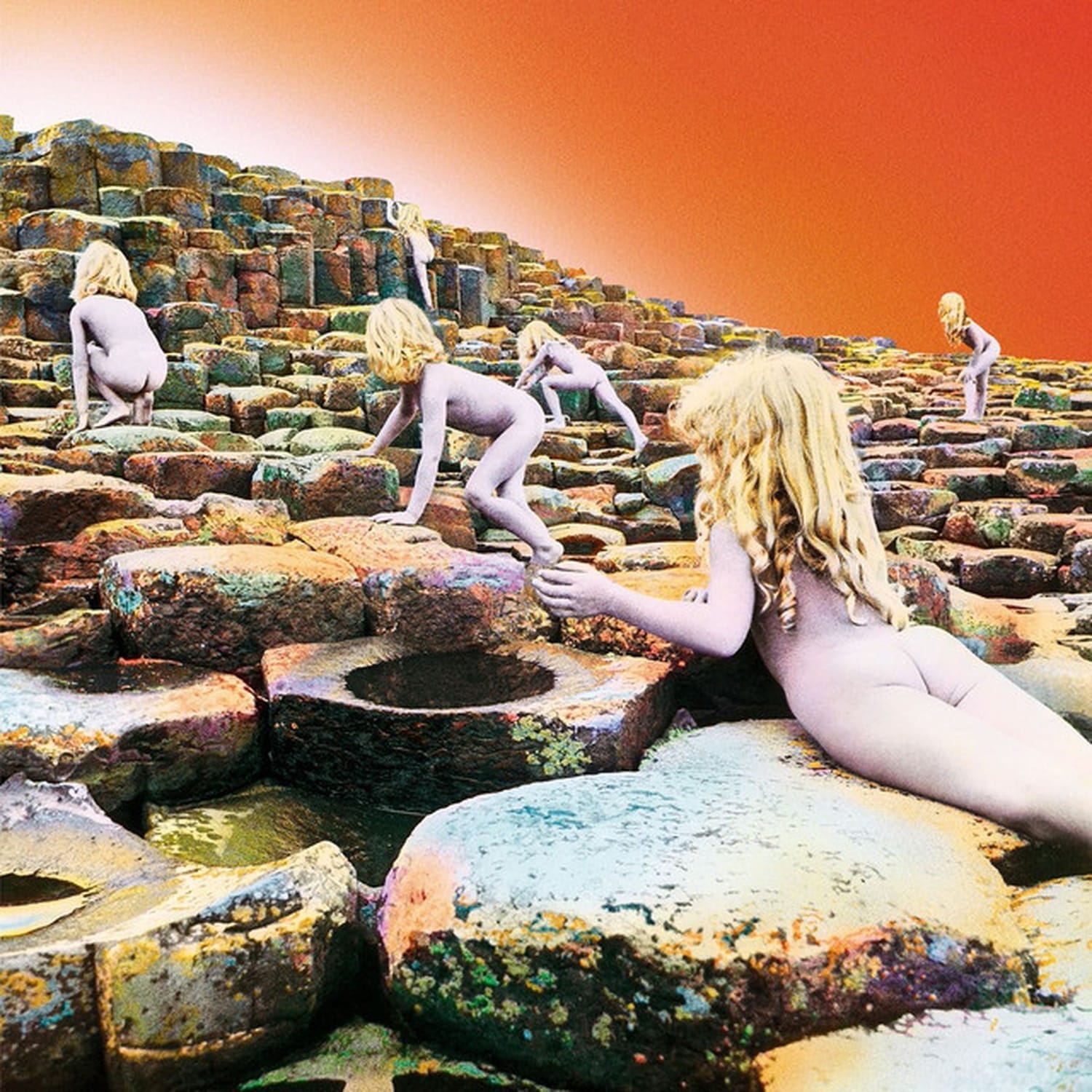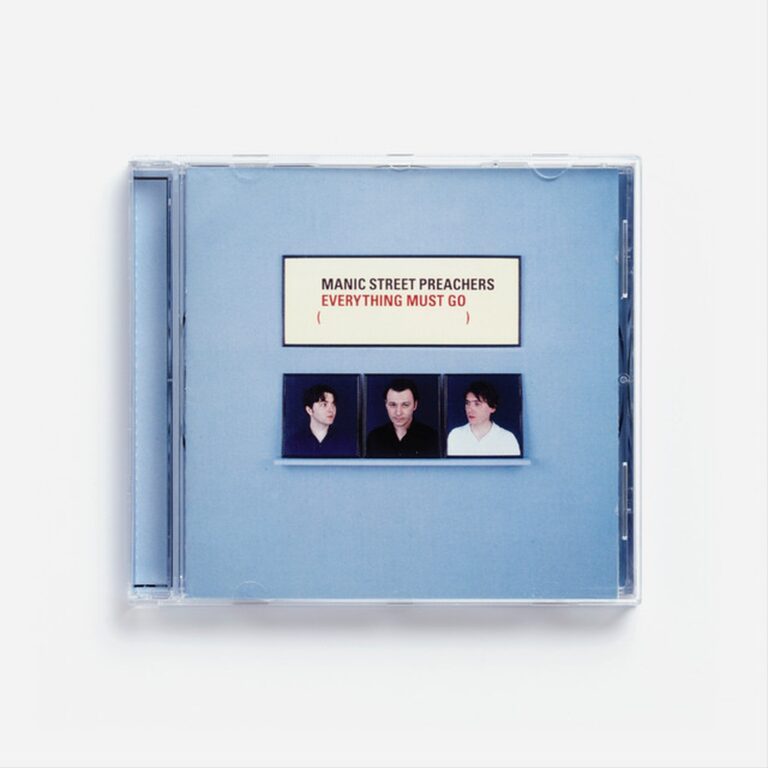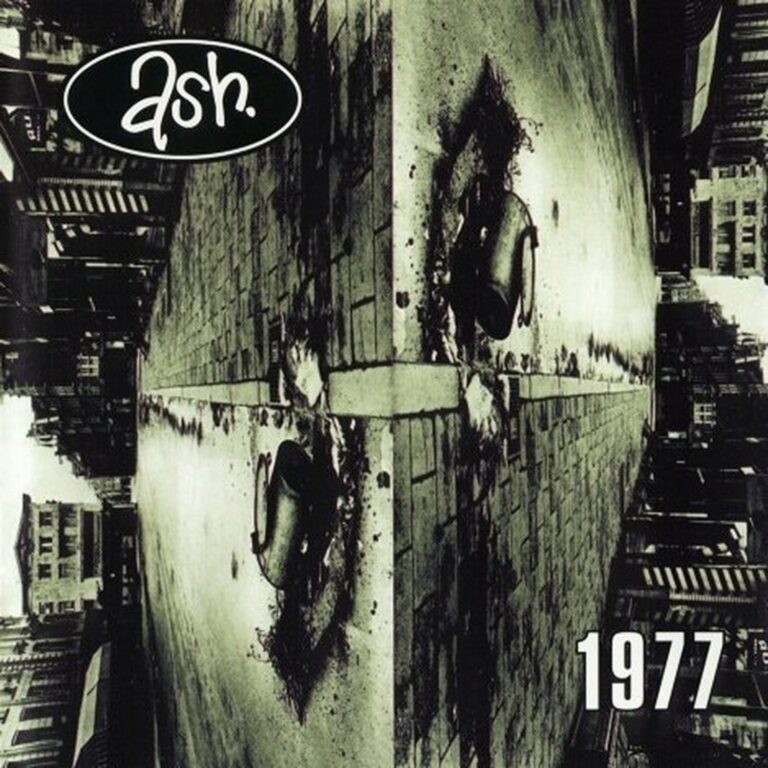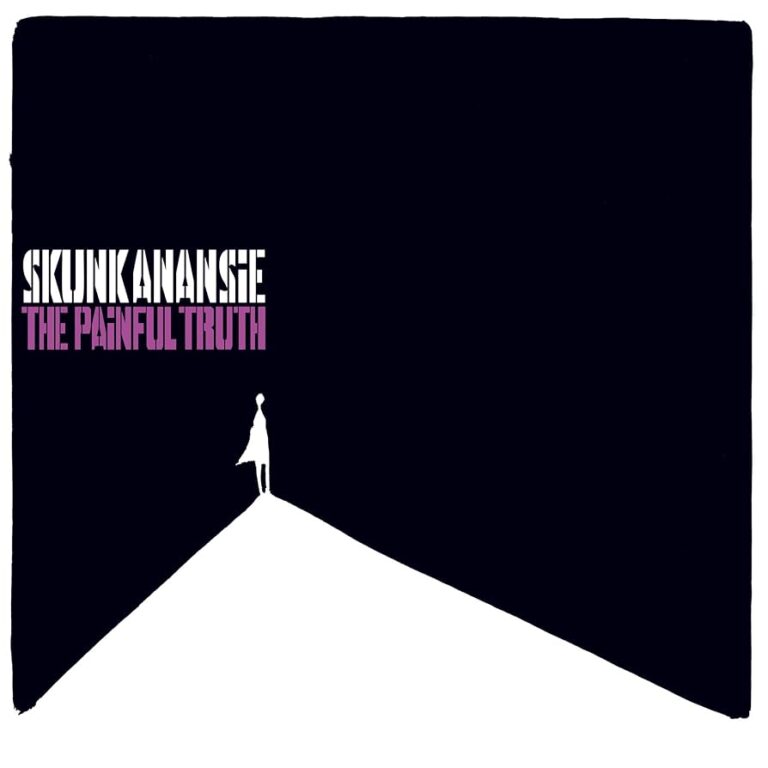
Introduction
Led Zeppelin’s Houses of the Holy stands as a testament to the band’s innovation and mastery of rock music. Released in 1973, it marked a departure from their earlier sound, showcasing a more eclectic mix of styles. This album not only cemented Led Zeppelin’s status as rock legends but also influenced countless musicians across genres. In this article, we will delve into the album’s creation, recording process, commercial success, and its enduring legacy.
We will explore the genesis of the album, the intricate recording process, and its commercial performance. Additionally, we’ll provide an analysis of each track, discuss the promotional strategies, and examine the album’s influence on the music industry. Join us as we uncover the details of this iconic album.
| Attribute | Details |
|---|---|
| Release Date | 28 March 1973 |
| Album Title | Houses of the Holy |
| Genre | Hard rock, Art rock |
| Total Runtime | 40:57 |
| Number of Tracks | 8 |
| Record Label | Atlantic |
| Recording Studio | Rolling Stones Mobile, Island |
| Producer(s) | Jimmy Page |
The impact of Houses of the Holy is profound, as it pushed the boundaries of rock music. Robert Plant once noted, “This album was a breakthrough for us, a chance to explore new musical landscapes.” It remains a pivotal piece in Led Zeppelin’s discography and continues to inspire artists today.
The Genesis of “Houses of the Holy”
As the early 1970s unfolded, Led Zeppelin had already established themselves as a formidable force in rock music. Their previous albums, including the monumental Led Zeppelin IV, had set a high bar for creativity and commercial success. By the time they embarked on creating Houses of the Holy, the band was eager to explore new musical territories.
The musical landscape of the early ’70s was ripe for experimentation. Progressive rock was gaining momentum, and bands like Pink Floyd were pushing the boundaries of what rock music could be. In this environment, Led Zeppelin sought to expand their sound beyond the heavy blues influences that had characterized their earlier work. Jimmy Page, Robert Plant, John Paul Jones, and John Bonham were all integral to this evolution, each bringing their unique talents to the table.
The album was primarily recorded at the Rolling Stones Mobile Studio and Island Studios, allowing the band to capture their live energy in a controlled setting. The album’s title, Houses of the Holy, was inspired by the venues where the band had performed, reflecting their connection with their audience. The cover art, designed by Hipgnosis, featured an otherworldly image that captured the album’s ethereal and experimental spirit.
| Band Member | Instrument |
|---|---|
| Robert Plant | Vocals |
| Jimmy Page | Guitar, Producer |
| John Paul Jones | Bass, Keyboards |
| John Bonham | Drums |
The album’s recording costs were financed by the band, with Jimmy Page taking a leading role in production. Despite the high expectations and financial pressures, the band remained committed to their artistic vision. The result was an album that blended rock, reggae, and orchestral elements, showcasing Led Zeppelin’s versatility and creativity.
Recording Process
The recording sessions for Houses of the Holy were as ambitious as the album itself. Spanning several locations, including the iconic Rolling Stones Mobile Studio and Island Studios, the band utilized cutting-edge technology to achieve their desired sound. The mobile studio allowed them to capture the spontaneity of live performances while maintaining studio quality.
Jimmy Page, known for his meticulous attention to detail, served as the album’s producer. Alongside engineer Eddie Kramer, Page crafted a sound that was both expansive and intimate. The use of the mobile studio provided flexibility, enabling the band to record in various settings, from grand manors to secluded cottages.
The recording sessions were not without their challenges. The band experimented with new techniques and equipment, pushing the limits of what was possible at the time. Despite these hurdles, the sessions were marked by a sense of camaraderie and creativity, with each member contributing to the album’s unique sound.
| Equipment | Details |
|---|---|
| Microphones | Neumann U67, Shure SM57 |
| Mixing Desk | Helios Console |
| Guitars | Gibson Les Paul, Fender Telecaster |
| Amplifiers | Marshall Amplifiers |
Throughout the sessions, the band drew inspiration from a variety of sources. They experimented with reggae rhythms, orchestral arrangements, and funk grooves, resulting in a rich tapestry of sounds. The album’s diversity is a testament to Led Zeppelin’s willingness to push boundaries and explore new musical frontiers.
Other Albums Produced by Jimmy Page
| Producer | Artist | Album | Year |
|---|---|---|---|
| Jimmy Page | Led Zeppelin | Led Zeppelin | 1969 |
| Jimmy Page | Led Zeppelin | Led Zeppelin II | 1969 |
| Jimmy Page | Led Zeppelin | Led Zeppelin III | 1970 |
| Jimmy Page | Led Zeppelin | Led Zeppelin IV | 1971 |
| Jimmy Page | Led Zeppelin | Physical Graffiti | 1975 |
| Jimmy Page | Led Zeppelin | Presence | 1976 |
| Jimmy Page | Led Zeppelin | In Through the Out Door | 1979 |
Commercial Performance and Reception
Upon its release, Houses of the Holy achieved significant commercial success. The album quickly climbed the charts, reaching the top spot on the Billboard 200. It also performed well internationally, securing high positions in the UK and other countries. The album’s diverse sound resonated with audiences, contributing to its enduring popularity.
Despite initial mixed reviews from critics, the album has since been recognized as a classic. Its eclectic mix of genres, from reggae to progressive rock, showcased Led Zeppelin’s versatility and willingness to experiment. The album’s sales figures reflect its impact, with over 12 million copies sold worldwide.
Let’s take a closer look at Led Zeppelin’s studio albums and their commercial performance:
| Album | Year | Sales Data |
|---|---|---|
| Led Zeppelin | 1969 | 10,343,893 |
| Led Zeppelin II | 1969 | 15,915,072 |
| Led Zeppelin III | 1970 | 13,000,000 |
| Led Zeppelin IV | 1971 | 37,000,000 |
| Houses of the Holy | 1973 | 12,476,004 |
| Physical Graffiti | 1975 | 9,295,130 |
| Presence | 1976 | 3,595,511 |
| In Through the Out Door | 1979 | 6,618,161 |
The album’s accolades include a Grammy nomination for Best Album Package in 1974. Furthermore, it received a Diamond certification from the RIAA, underscoring its enduring appeal. Houses of the Holy continues to be celebrated for its innovative sound and artistic achievements.
In 1973, other notable albums released by similar artists included:
- The Dark Side of the Moon by Pink Floyd
- Quadrophenia by The Who
- Raw Power by Iggy and the Stooges
In addition to its commercial success, Houses of the Holy has been recognized for its cultural impact. It was ranked at number 278 on Rolling Stone’s list of the “500 Greatest Albums of All Time” in 2020. This accolade highlights the album’s lasting influence and significance in the music industry.
Track Analysis
The singles from Houses of the Holy contributed significantly to its success. “Over the Hills and Far Away” and “D’yer Mak’er” were released as singles, showcasing the band’s diverse sound. Both tracks received considerable airplay and charted well, further cementing the album’s popularity.
Below is a detailed table of the songs on the album and their writing credits:
| Track Name | Length | Writing Credit |
|---|---|---|
| The Song Remains the Same | 5:32 | Page/Plant |
| The Rain Song | 7:39 | Page/Plant |
| Over the Hills and Far Away* | 4:50 | Page/Plant |
| The Crunge | 3:17 | Bonham/Jones/Page/Plant |
| Dancing Days | 3:43 | Page/Plant |
| D’yer Mak’er* | 4:23 | Bonham/Jones/Page/Plant |
| No Quarter | 7:00 | Jones/Page/Plant |
| The Ocean | 4:31 | Bonham/Jones/Page/Plant |
*”Over the Hills and Far Away” and “D’yer Mak’er” were released as singles. While specific chart positions for “D’yer Mak’er” are available, “Over the Hills and Far Away” remains a fan favourite.
Song Meaning and Lyrics
The lyrics of Houses of the Holy reflect a range of themes, from love and longing to mystical and fantastical elements. “Over the Hills and Far Away” is a prime example, with its lyrics inspired by J.R.R. Tolkien’s works and themes of adventure and exploration. The song’s blend of acoustic and electric elements captures the essence of Led Zeppelin’s sound.
In contrast, “D’yer Mak’er” offers a playful take on reggae rhythms, with lyrics that explore themes of love and separation. The song’s title is a play on words, reflecting the band’s sense of humour and willingness to experiment with different musical styles.
The collaboration between band members is evident in the songwriting process. Jimmy Page and Robert Plant were the primary songwriters, but contributions from John Paul Jones and John Bonham added depth and complexity to the album’s sound.
Touring and Promotion of Houses of the Holy
The release of Houses of the Holy was accompanied by an extensive promotional campaign. Led Zeppelin employed a range of strategies to market the album, including radio airplay and live performances. The band’s decision to perform several tracks from the album during their earlier tours helped build anticipation and excitement among fans.
The tour for Houses of the Holy was a massive undertaking, featuring elaborate stage setups and pyrotechnics. The band performed over 60 shows across North America and Europe, with notable performances at Madison Square Garden and Earls Court. These concerts were characterized by their energy and spectacle, further solidifying Led Zeppelin’s reputation as one of the greatest live acts of the era.
During the 1973 tour, Led Zeppelin shared the stage with several prominent artists, including Roy Harper and The Pretty Things. The tour was not without its challenges, with the band facing logistical issues and the pressures of performing to large audiences. However, their ability to deliver electrifying performances ensured the tour’s success and cemented their status as rock legends.
Influences and Legacy
Houses of the Holy was shaped by a variety of musical influences, from reggae and funk to orchestral and folk elements. The album’s diverse sound reflects the band’s willingness to experiment and push the boundaries of rock music. Artists such as James Brown and J.R.R. Tolkien played a significant role in shaping the album’s sound and themes.
Below is a table highlighting the influences on the album and the artists it subsequently influenced:
| Influences on “Houses of the Holy” | Artists Influenced by “Houses of the Holy” |
|---|---|
| James Brown | Queen |
| J.R.R. Tolkien | Rush |
| Reggae Music | The Mars Volta |
The year 1973 was marked by significant cultural and global events. The U.S. Supreme Court’s decision in Roe v. Wade and the signing of the Paris Peace Accords were pivotal moments in history. In the world of cinema, films like The Exorcist and The Sting captivated audiences, while in music, bands like AC/DC and Journey were just beginning to make their mark.
Five Things about Houses of the Holy
Houses of the Holy is a fascinating album with many intriguing facts. Here are five verified facts about the album:
| Fact | Details |
|---|---|
| Album Cover | The cover was designed by Hipgnosis and inspired by Arthur C. Clarke’s novel “Childhood’s End”. |
| Recording Locations | Recorded at Rolling Stones Mobile Studio and Island Studios. |
| Title Track | The title track was recorded but not included on the album, later appearing on “Physical Graffiti”. |
| Chart Success | Reached number one on the Billboard 200 and UK Albums Chart. |
| Grammy Nomination | Nominated for Best Album Package in 1974. |
Media and Television Usage
Several tracks from Houses of the Holy have been featured in various media, underscoring their lasting appeal. Below is a table detailing these appearances:
| Song Title | Media | Year |
|---|---|---|
| The Rain Song | Almost Famous | 2000 |
| The Ocean – Remaster | Squaring the Circle (The Story of Hipgnosis) | 2023 |
| No Quarter – Remaster | Squaring the Circle (The Story of Hipgnosis) | 2023 |
Critical Reviews and Retrospectives
Houses of the Holy has received a wide range of critical reviews over the years. Initially, it faced mixed reactions, but retrospective assessments have been more favourable. The album is now seen as a pivotal work in Led Zeppelin’s catalogue, celebrated for its diversity and innovation.
Below is a table summarizing some of the critical reviews:
| Publication | Review Score | Notable Quote | Source |
|---|---|---|---|
| Rolling Stone | Mixed | “One of the dullest and most confusing albums I’ve heard this year.” | Source |
| AllMusic | Positive | “A stylistic turning point for the band.” | Source |
After Houses of the Holy
Following the release of Houses of the Holy, Led Zeppelin continued to build on their success. The album’s innovative sound paved the way for future projects, including the ambitious Physical Graffiti. The band maintained their popularity throughout the 1970s, solidifying their status as rock icons.
In the years following the album’s release, Led Zeppelin faced several challenges, including the tragic death of drummer John Bonham in 1980. This led to the band’s decision to disband, marking the end of an era. However, their music continues to resonate with fans, and their influence on the rock genre remains profound.
As of 2024, Led Zeppelin’s legacy endures, with their music being celebrated by new generations of fans. The band members have pursued individual projects, but the spirit of Led Zeppelin lives on through their timeless recordings and the continued appreciation of their groundbreaking work.
Conclusion
Houses of the Holy remains a cornerstone of Led Zeppelin’s discography, celebrated for its innovative sound and enduring influence. The album’s blend of diverse musical styles and its exploration of new sonic territories have left a lasting impact on the music industry. Its relevance today is a testament to the band’s creativity and vision.
For further reading, explore our related articles and podcasts on similar topics:
- The Making of The Wall by Pink Floyd (Blog Article)
- Dark Side of the Moon by Pink Floyd (Blog Article)
- The Making of Rage Against The Machine (Blog Article)
- Appetite for Destruction by Guns N’ Roses (Blog Article)
For more information, visit the Wikipedia page for Houses of the Holy, the Official Led Zeppelin website, and the Atlantic Records website.
Let us know in the comments what your thoughts are on Houses of the Holy by Led Zeppelin. Did we miss anything? Share your experiences and join the conversation!



